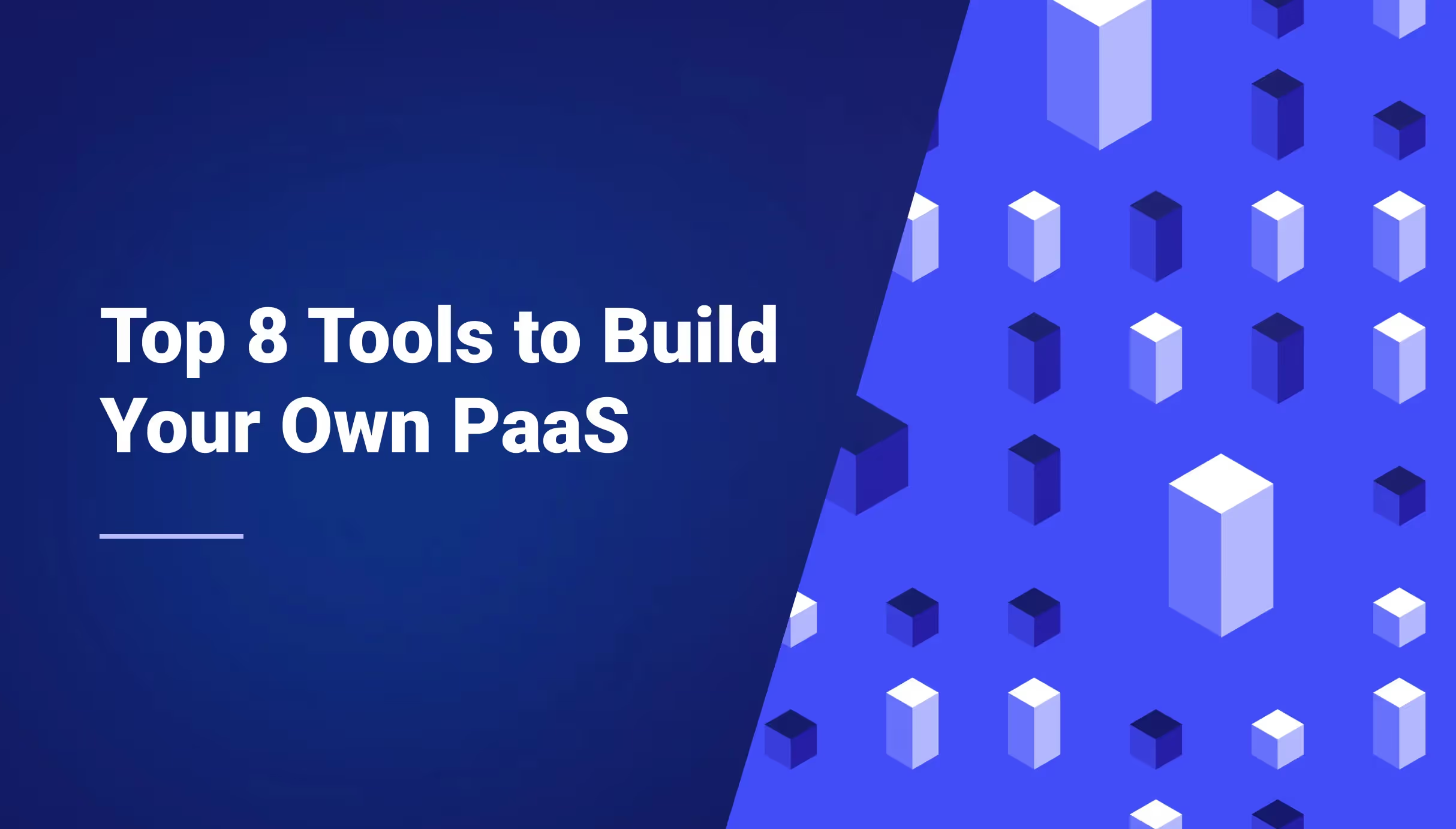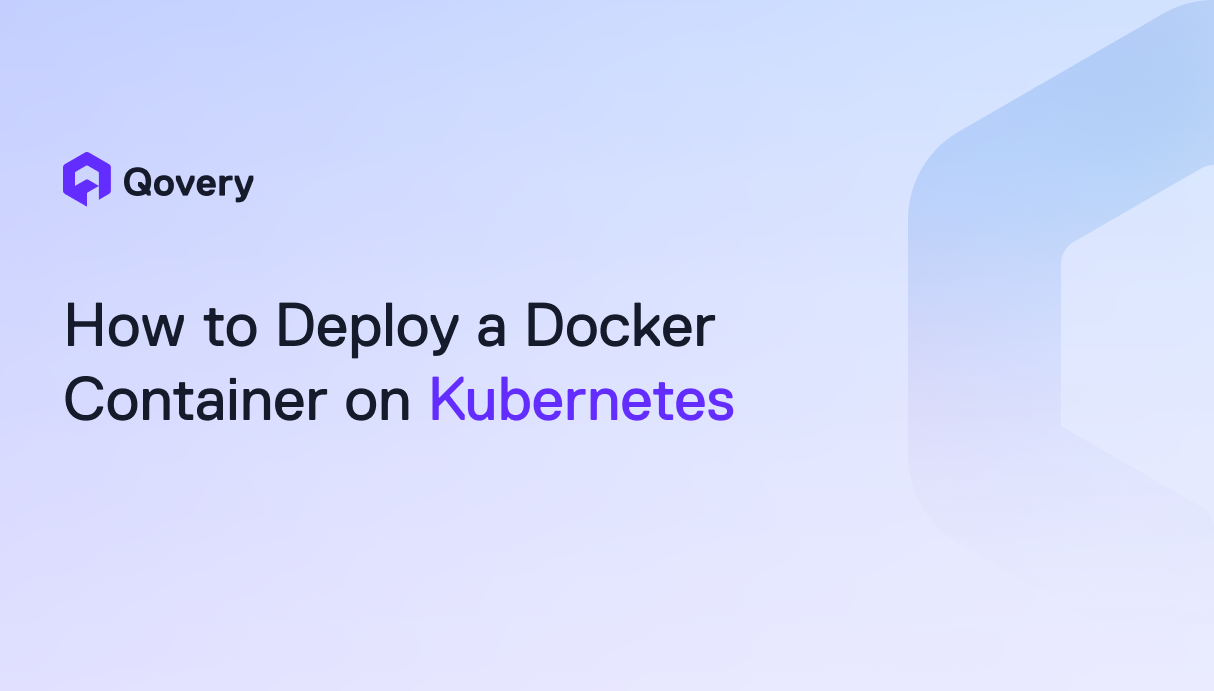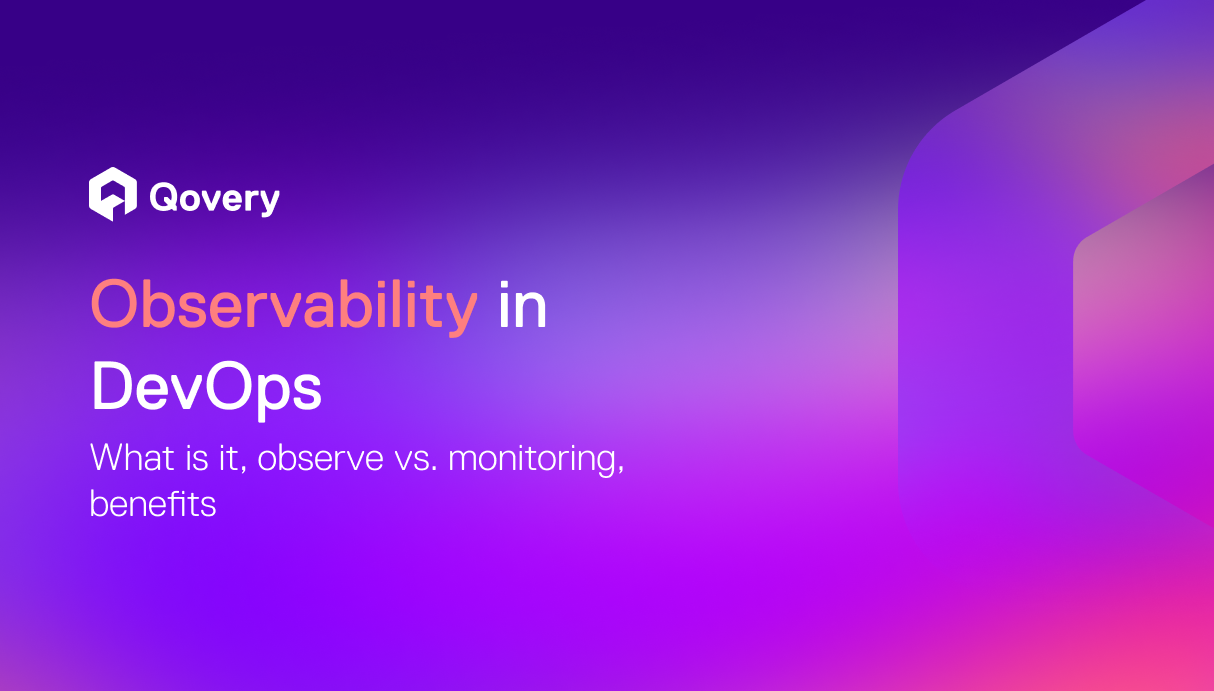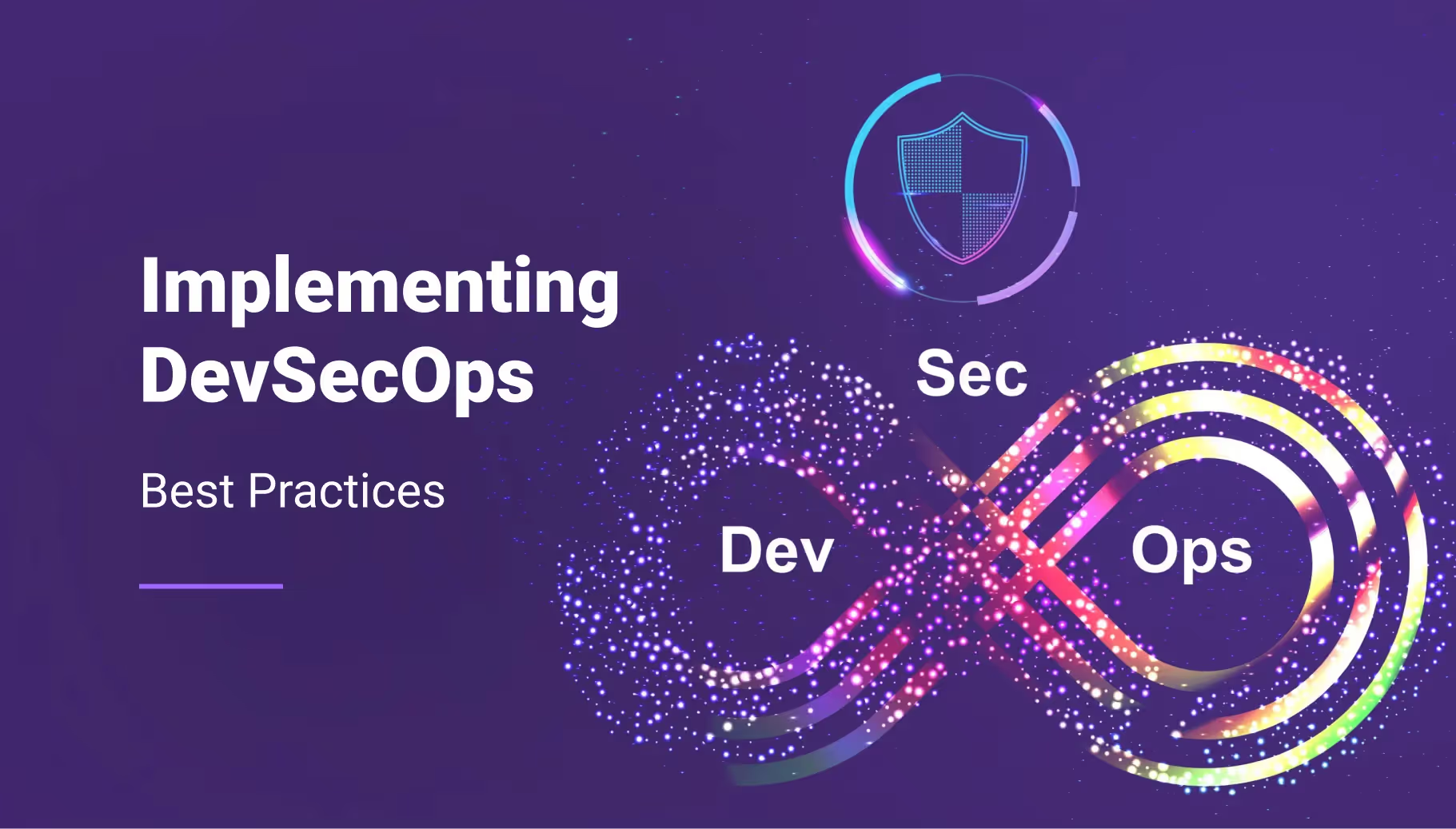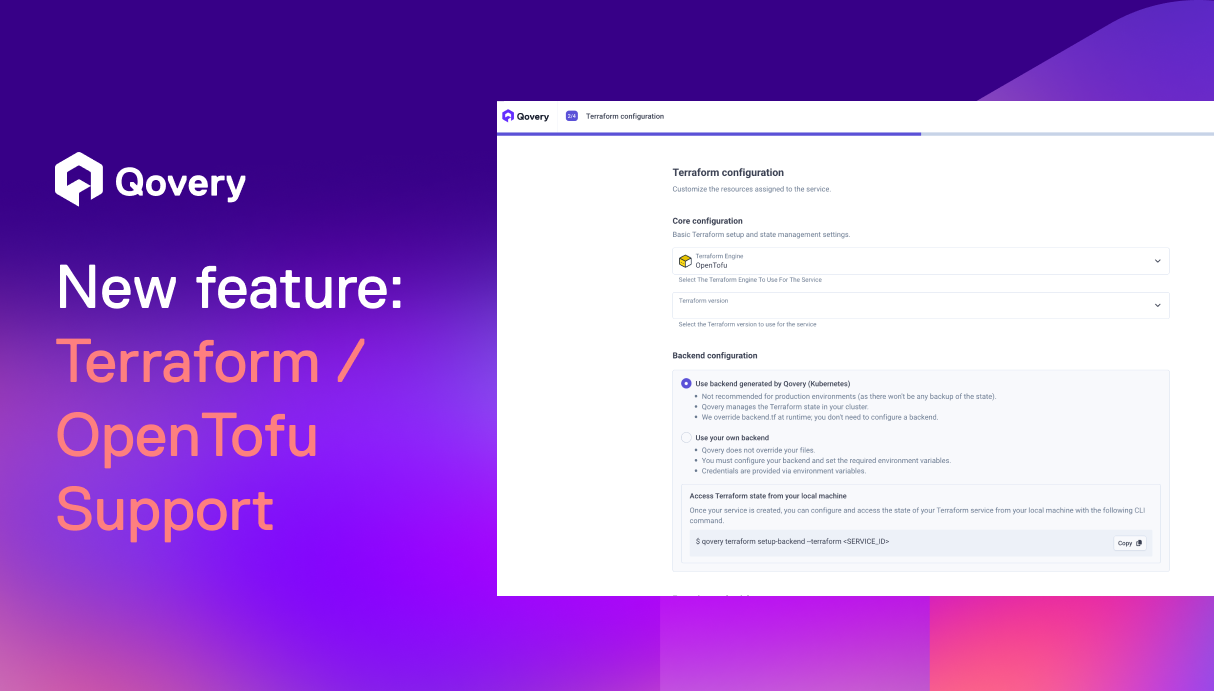

The Essential Guide to Cloud Migration Planning

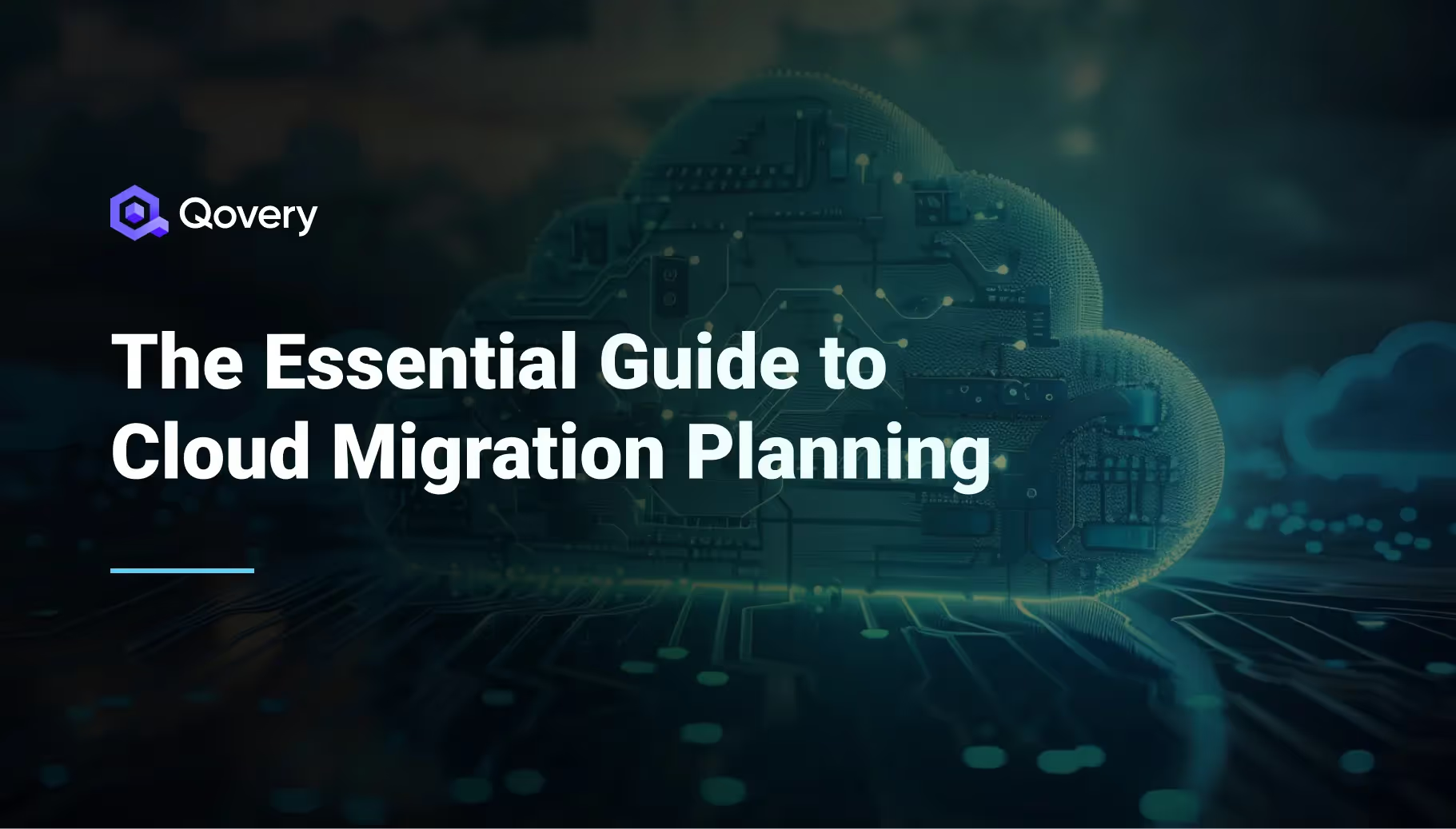

Why planning is essential for cloud migration
The planning aspect of cloud migration is mostly under-valued. However, it is one of the most important phases of the entire migration journey. Here is why:
Mitigating risks
- Security breaches: Poorly planned migrations can expose sensitive data to vulnerabilities. A comprehensive plan addresses security measures like encryption, access controls, and vulnerability assessments.
- Data loss: Data loss can be catastrophic. Proper planning includes robust backup and recovery strategies to prevent data loss during the migration process.
- Downtime: Unplanned downtime can disrupt business operations. A well-executed plan minimizes downtime by coordinating migration activities and testing the new environment.
Cost management
- Unexpected expenses: Cloud costs can escalate if not managed effectively. Proper planning involves accurately forecasting resource needs to avoid overprovisioning or underutilization.
- Cost optimization: By identifying cost-saving opportunities, such as rightsizing instances and utilizing reserved instances, organizations can optimize their cloud spending.
Ensuring compliance
- Regulatory adherence: Many industries have stringent compliance requirements. Proper planning ensures that the cloud environment meets these regulations, preventing legal and financial penalties.
- Data privacy: Data privacy laws, like GDPR and CCPA, impose strict data handling requirements. A well-planned migration addresses data privacy concerns from the outset.
Optimizing performance
- Application performance: Cloud environments can offer superior performance, but only if applications are properly configured and optimized. Planning ensures that applications perform optimally in the new cloud environment.
- Scalability: Cloud migration provides the flexibility to scale resources up or down as needed. Proper planning ensures that the migration strategy aligns with future scalability requirements.
Smoother transition
- Minimized disruptions: A well-prepared migration plan minimizes operational disruptions by coordinating activities and ensuring a seamless transition.
- Stakeholder buy-in: Proper planning helps build consensus among stakeholders, ensuring their support and cooperation throughout the migration process.
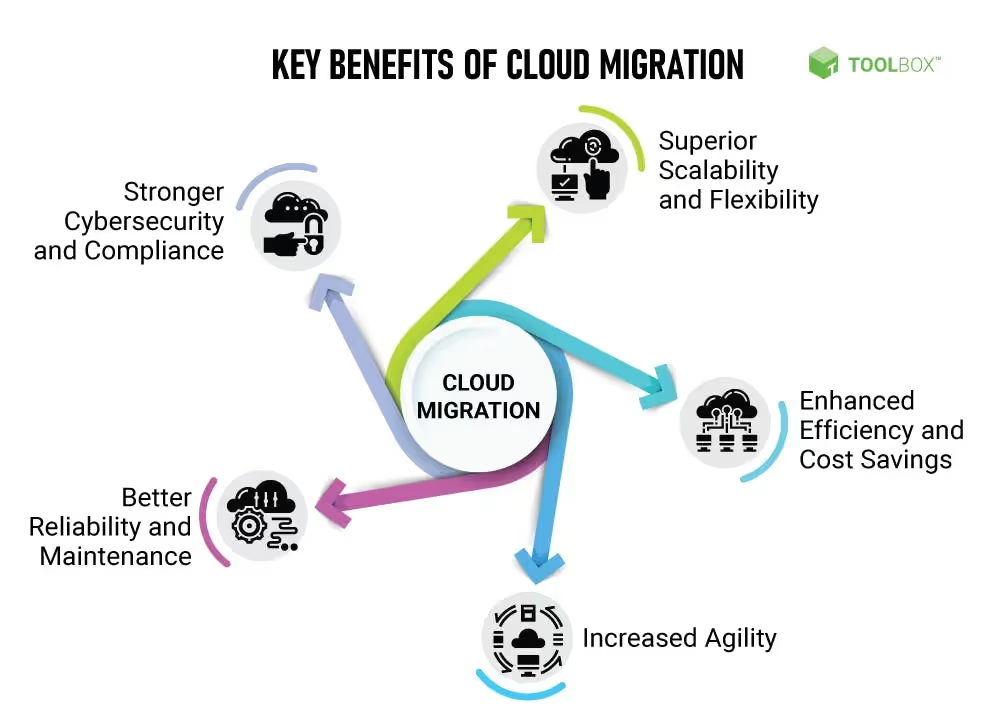
Avoiding migration pitfalls
To ensure a smooth and successful cloud migration, organizations must be aware of common pitfalls and take proactive measures to avoid them. Here are some key considerations:
Organizational objectives
- Alignment with business goals: A successful migration aligns with the organization's overall business objectives. Ensure that the migration strategy supports broader goals, such as:
- Cost reduction: Identify opportunities to reduce operational costs by leveraging cloud-based economies of scale and pay-as-you-go pricing models.
- Improved scalability: Ensure that the cloud environment can accommodate future growth and fluctuations in demand.
- Enhanced customer experience: Assess how the migration will impact customer satisfaction, such as improved application performance or faster access to services.
- Innovation: Consider how the cloud can enable new business models, products, or services.
Risk mitigation
- Identification and Planning: Identify potential risks, including:
- Security breaches: Assess the potential vulnerabilities in your current environment and develop strategies to protect sensitive data in the cloud.
- Data loss: Implement robust backup and recovery procedures to prevent data loss during the migration process.
- Performance issues: Evaluate the potential impact of migration on application performance and develop strategies to optimize performance in the cloud.
- Vendor lock-in: Consider the potential risks of becoming overly dependent on a single cloud provider and develop strategies to mitigate vendor lock-in.
- Comprehensive risk management plan: Develop a comprehensive risk management plan that outlines potential risks, mitigation strategies, and contingency plans.
Resource management
- Safe transfer and management: Ensure the safe transfer and management of resources and data during the migration process. Develop procedures for:
- Data migration: Plan for the efficient transfer of data to the cloud, considering factors such as data volume, sensitivity, and compliance requirements.
- Application reconfiguration: Assess the compatibility of your applications with the cloud environment and plan for any necessary modifications or reconfigurations.
- Network connectivity: Ensure seamless network connectivity between your on-premises environment and the cloud.
- Inventory and Assessment: Conduct a thorough inventory of existing resources to:
- Identify dependencies: Understand the interdependencies between applications, databases, and other components to ensure a smooth migration.
- Assess suitability: Evaluate the suitability of your existing resources for the cloud environment and identify any necessary adjustments or replacements.
Security needs
- Addressing security requirements: Prioritize security throughout the migration process. Implement strong security measures to:
- Protect sensitive data: Encrypt data at rest and in transit to protect against unauthorized access.
- Prevent unauthorized access: Implement robust access controls and authentication mechanisms.
- Comply with regulations: Ensure compliance with relevant industry regulations, such as GDPR, HIPAA, or PCI DSS.
- Regular assessments: Conduct regular security assessments to:
- Identify vulnerabilities: Use vulnerability scanning tools to identify potential security weaknesses.
- Address threats: Implement timely patches and security updates to address identified vulnerabilities.
- Stay updated: Stay informed about emerging security threats and best practices.
How Qovery can help in cloud migration?
Qovery is a DevOps automation tool designed to simplify and streamline the process of deploying and managing applications in the cloud. By automating various tasks and providing intuitive tools, Qovery empowers engineering teams to focus on building and scaling their applications without being overwhelmed by the complexities of cloud infrastructure.
Pre-migration preparation
Qovery helps evaluate your existing applications to determine their suitability for migration and identify potential challenges. It also assists in setting clear migration goals, such as improving performance, reducing costs, or enhancing scalability.
Migration strategy
Qovery streamlines the migration process through automation, reducing manual effort and minimizing errors. The platform supports containerization, ensuring portability and compatibility across different cloud environments. Additionally, Qovery's AI-powered tools analyze your existing setups, translate them into Qovery configurations, and guide you through the migration process.
- Deployment automation
Qovery automates deployment processes, ensuring faster and more reliable application launches in the cloud. The platform also leverages Infrastructure-as-Code (IaC) to define and manage your cloud infrastructure, enabling version control, reproducibility, and easier collaboration. - AI-Powered features
- Automatic deployment remediation (ADR) AI agent: This AI agent autonomously resolves deployment issues, reducing manual troubleshooting and minimizing downtime.
- Migration helper AI agent: This agent assists in cloud migrations by analyzing your existing setups, translating them into Qovery configurations, and providing guidance.
Post-Migration Validation
- AI-driven testing and monitoring: Ensure a successful migration by using AI-driven tools to test your applications in the cloud and monitor their performance.
Benefits of migrating with Qovery
Accelerated migration process
- Rapid application deployment: Qovery's automation features enable quick and efficient deployment of applications, significantly reducing the time-to-market.
- Infrastructure-as-Code (IaC) support: IaC allows you to define and manage your infrastructure as code, streamlining the migration process and making it more repeatable.
Cost efficiency
- Optimized resource utilization: Qovery's intelligent algorithms help you optimize resource allocation, ensuring that you only pay for the resources you need.
- Cost monitoring and alerts: Track your cloud spending in real time and receive alerts for any unexpected cost increases.
- Automated cost optimization: Qovery can automatically adjust resource allocations based on workload demands, helping you avoid overprovisioning or underutilization.
Scalability and Flexibility
- Seamless Scaling: Easily scale your applications up or down to meet changing demands, ensuring optimal performance and cost-effectiveness.
- Multi-Cloud Support: Qovery supports multiple cloud providers, giving you the flexibility to choose the best option for your needs and leverage vendor-specific features.
Security and Compliance
- Built-in security features: Qovery provides robust security features, including encryption, access controls, and vulnerability scanning, to protect your data and applications.
- Compliance with industry standards: Qovery helps you comply with industry regulations such as SOC2, HIPAA, and PCI DSS.
- Security best practices: Follow security best practices recommended by Qovery to ensure a secure and compliant migration.
Seamless post-migration support
- 24/7 Support: Benefit from round-the-clock support from Qovery's expert team to address any issues or questions that may arise after migration.
- Continuous monitoring and optimization: Qovery provides ongoing monitoring and optimization services to ensure the continued performance and stability of your applications in the cloud.
- Regular updates and improvements: Qovery is constantly updated with new features and improvements to enhance your cloud experience.
Ease of use
- Intuitive user interface: Qovery's user-friendly interface makes it easy for teams of all technical levels to manage their cloud infrastructure.
- Simplified management: Qovery automates many of the complex tasks involved in cloud management, freeing up your team to focus on developing and improving your applications.
- Comprehensive documentation and tutorials: Access detailed documentation and tutorials to learn how to use Qovery effectively.
Wrapping up
Successful cloud migration needs careful planning and thoughtful evaluation. Without proper planning, the potential challenges like unexpected costs, data loss, and security issues can outweigh the benefits of moving to the cloud. Qovery's automation capabilities make the migration process smoother, helping to reduce costs, improve performance, and ensure scalability. By using tools like Qovery, companies can confidently handle the challenges of cloud migration and make sure their move to the cloud aligns with their business goals. The choices you make now will shape the future of your cloud setup, so start with a solid plan and the right tools.

Suggested articles
.webp)



.svg)
.svg)
.svg)





